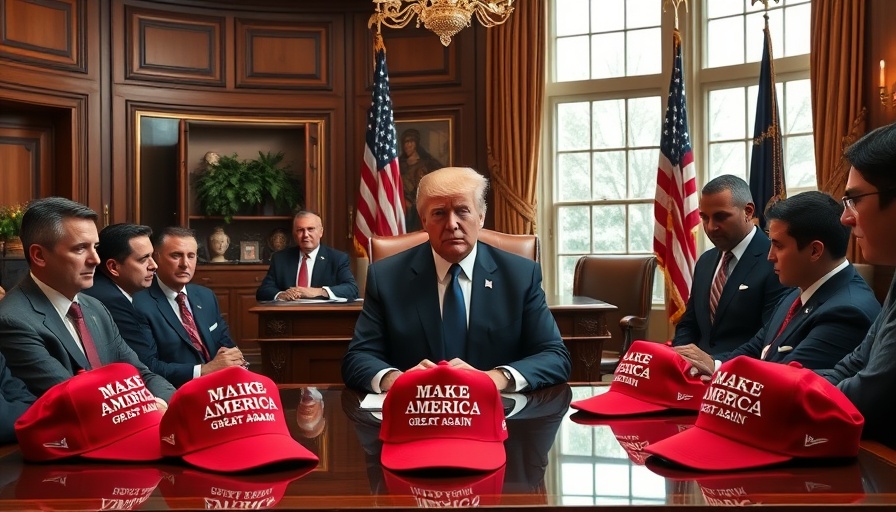
A Shift in Educational Policy: Trump’s New Executive Orders
On April 23, 2025, President Donald Trump took a bold step in reshaping American education by signing a series of executive orders that significantly alter the accreditation process for higher education institutions and introduce innovative ideas regarding the integration of AI in the classroom. As higher education is often seen as a pillar of American society, the implications of these changes are profound, touching everything from institutional accountability to job training for future generations.
Impact on College Accreditation
The most striking element of Trump’s new instructional mandates is aimed at overhauling the college accreditation system. Historically, accreditors play a crucial role in maintaining educational quality, but Trump’s directive calls for stringent consequences for those failing to meet federal standards. This includes actions against any institutions practicing unlawful discrimination, which highlights the administration's controversial stance towards perceived biases in higher education.
This initiative comes amid Trump’s campaign rhetoric that often condemned so-called “radical Left accreditors.” By pursuing a fundamental shift in this area, Trump is generating a significant debate about academic freedom, the role of government, and the interpretation of educational standards. Critics might argue that this could lead to a chilling effect on academic discourse, as institutions may shy away from controversial topics out of fear of losing accreditation.
Advancing Artificial Intelligence in Education
Another integral component of Trump’s education reforms involves the implementation of artificial intelligence (AI) into learning processes. The orders establish a White House task force aimed at driving the development of AI educational resources, particularly for K-12 institutions. Whether or not this initiative successfully enhances educational outcomes remains uncertain, yet it expresses a commitment to preparing American students for an increasingly technology-driven job market.
Furthermore, policies directing funding to AI-focused teacher training could bridge the gap between traditional educational methods and evolving workforce needs. This alignment with high-quality AI skills training suggests a strategic shift in how educational institutions prepare students for future employment, particularly in skilled trades and tech-oriented career paths.
The Future of Workforce Development
Additionally, the new orders address pressing gaps in workforce skills training. Collaborating with the Department of Labor, the Department of Education is tasked with modernizing American workforce programs to support high-paying skilled positions. Such initiatives aim not only to enhance employment opportunities for graduates but also to bolster the national economy in a time of rapid technological change.
The American job market's evolution has demonstrated the need for adaptability. By focusing on skilled trades and vocational training, these reforms prioritize practical skills that can directly translate into job readiness. This consideration for real-world application may resonate deeply with readers in Pennsylvania, a state with a diverse industrial landscape.
Local Implications for Pennsylvania Residents
For residents of Pennsylvania, these national changes could have local repercussions. Institutions may need to reassess their accreditation status and training programs, affecting curricula and student experiences across the state. Moreover, the focus on vocational skills aligns with Pittsburgh's rich labor history and the state's current push for modernization in various industrial sectors.
Understanding the broader context of these executive orders is crucial for students, educators, and families. As the education sector faces waves of changes, residents should keep informed about how these policies impact local colleges, training programs, and overall educational quality.
Concluding Thoughts
As President Trump continues to put his stamp on the American educational system, the conversation around the impact of these changes remains vital. Engaging with these topics not only informs residents of Pennsylvania about their current and future opportunities but empowers them to participate in the educational discourse shaping their communities.
Community members are encouraged to remain active participants in discussions about education reform. Insights on these new educational policies can lead to better-informed citizens and ultimately promote a system that serves the diverse needs of all learners.
 Add Row
Add Row  Add
Add 




Write A Comment